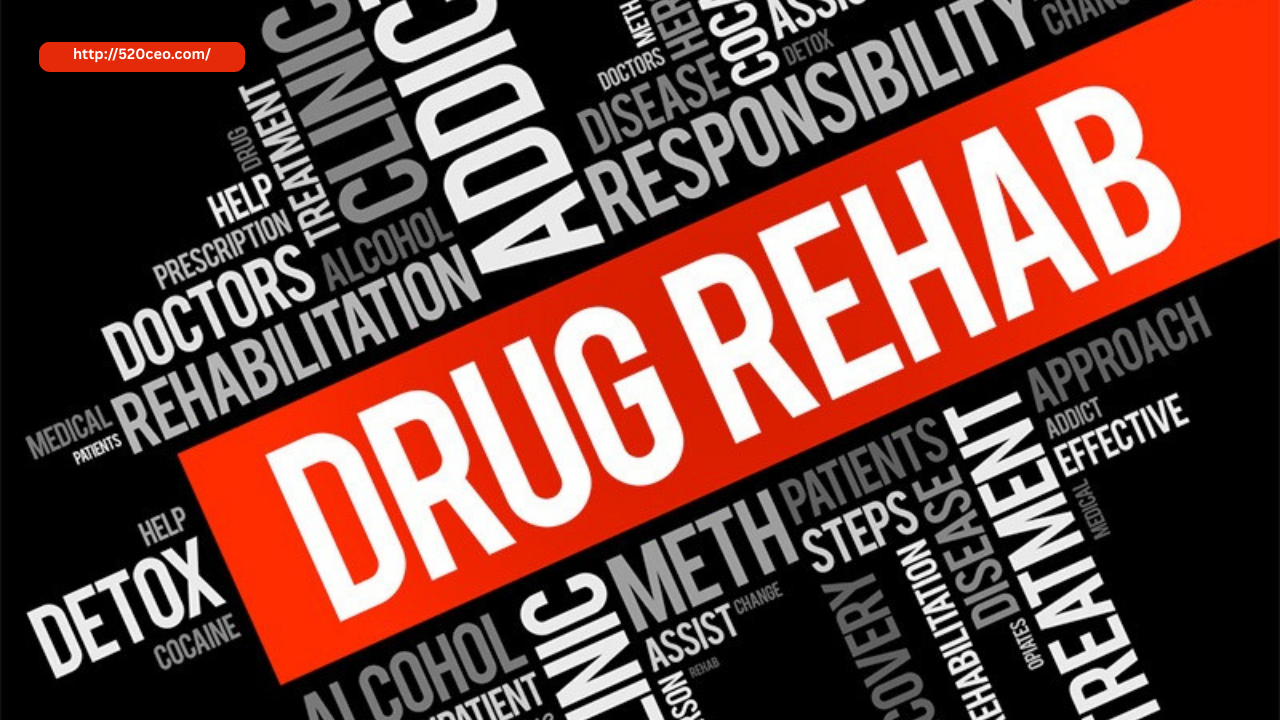Rehab on Your Terms: Tailoring Treatment to Your Addiction Severity
Addiction affects each individual differently, making personalized treatment essential for lasting recovery. The severity of an addiction plays a critical role in determining the type and intensity of rehabilitation needed. Whether you’re dealing with early-stage substance use or long-term dependence, there are options to match your specific needs. Tailoring rehab to your addiction severity ensures the most effective care, supporting you through each step of the recovery process.
Understanding Addiction Severity
The severity of addiction is typically assessed based on several factors, including:
- Frequency and amount of substance use
- Duration of addiction
- Impact on physical and mental health
- History of relapse
- Presence of co-occurring mental health disorders
Healthcare professionals often use diagnostic tools like the DSM-5 criteria or a clinical interview to classify addiction as mild, moderate, or severe. This evaluation helps determine the appropriate level of treatment required.
Treatment Options Based on Severity
Mild Addiction: Early Intervention and Outpatient Care
For individuals in the early stages of addiction, outpatient programs can offer sufficient support. These programs allow patients to continue living at home while attending therapy sessions and support groups several times a week. Treatment may include:
- Cognitive-behavioral therapy (CBT)
- Motivational interviewing
- Group therapy
- Education on substance abuse and coping strategies
Early intervention programs aim to prevent escalation and help individuals build the skills necessary to avoid further substance use.
Moderate Addiction: Intensive Outpatient or Partial Hospitalization
Moderate addiction often requires more structured care. Intensive outpatient programs (IOPs) and partial hospitalization programs (PHPs) offer a higher level of support while still allowing individuals to live at home.
- IOPs typically involve 9–20 hours of treatment per week.
- PHPs provide daily therapy and medical supervision, without overnight stays.
These programs focus on managing cravings, addressing underlying mental health issues, and teaching strategies to prevent relapse. They also allow patients to gradually reintegrate into daily life with continued professional support.
Severe Addiction: Inpatient Rehabilitation
For individuals with severe addiction, inpatient or residential treatment is often necessary. These programs offer 24/7 care in a structured, substance-free environment. Inpatient rehab may include:
- Medical detox to manage withdrawal symptoms
- Individual and group therapy
- Dual diagnosis treatment for co-occurring disorders
- Holistic therapies like art, music, and mindfulness
The immersive nature of inpatient treatment helps individuals focus entirely on recovery, away from external triggers and distractions.
Customizing Your Recovery Plan
Recovery doesn’t stop when a rehab program ends. Aftercare services, such as outpatient counseling, sober living homes, and peer support groups, are critical for maintaining sobriety. Your recovery plan should evolve with your progress, adapting to new challenges and milestones.
Personalized rehab takes into account your addiction severity, lifestyle, and long-term goals. By selecting a program that fits your unique situation, you’re more likely to engage fully in treatment and achieve lasting results.
Conclusion
Choosing a rehab program that matches the severity of your addiction can greatly improve your chances of recovery. Whether you need minimal support or intensive care, the key is to seek help that respects your individual needs. Recovery is possible on your terms—with the right support, you can build a healthier, substance-free future.
